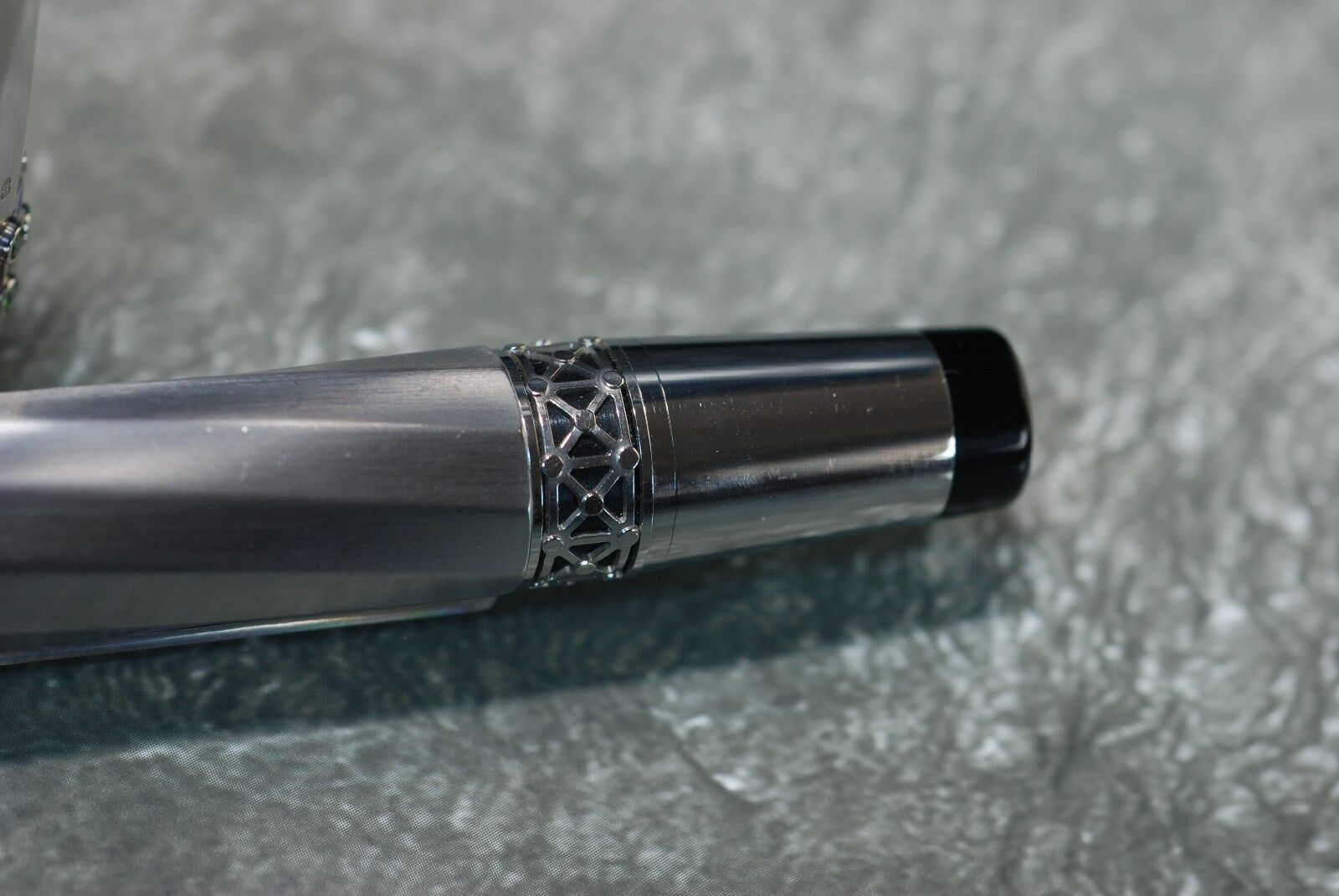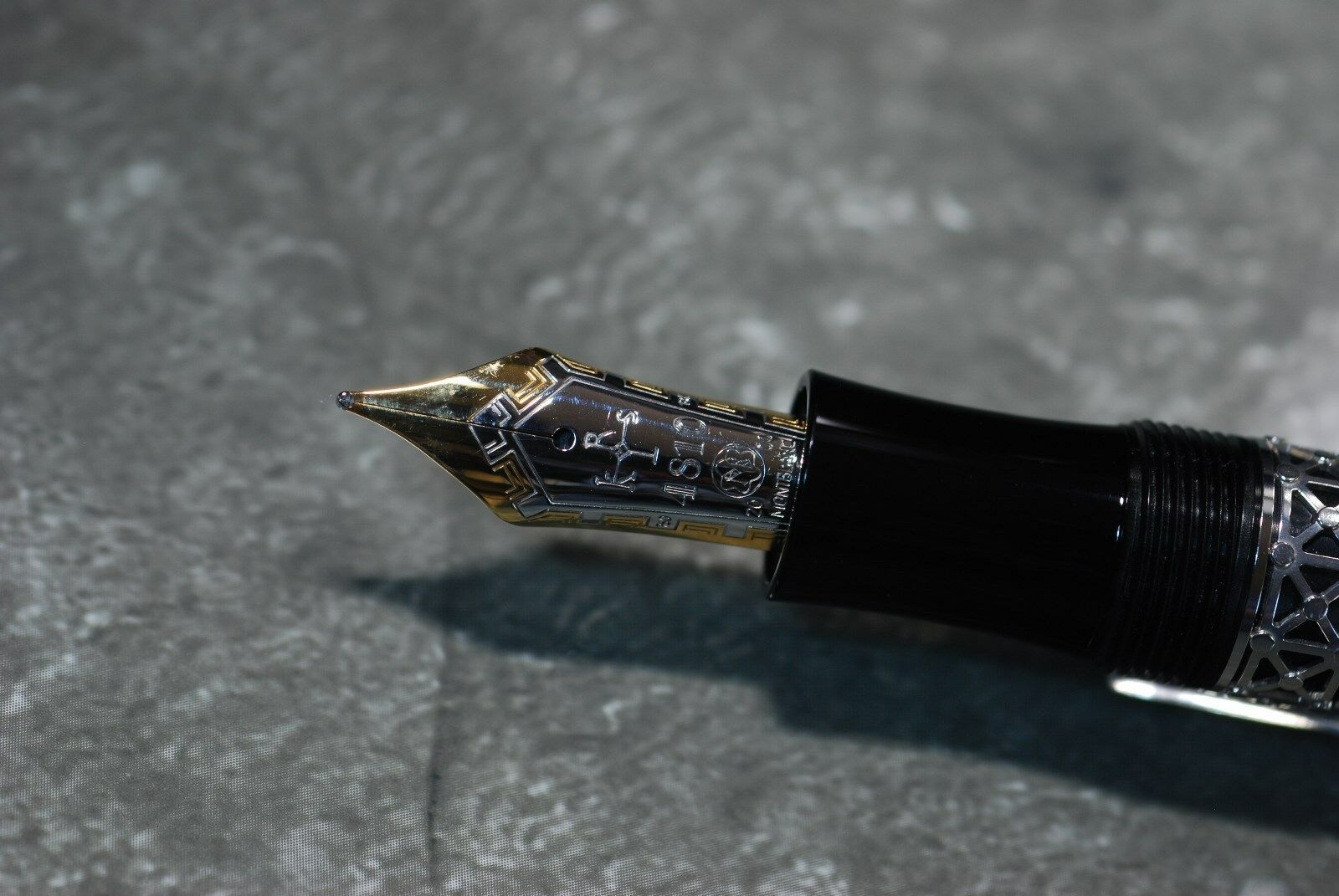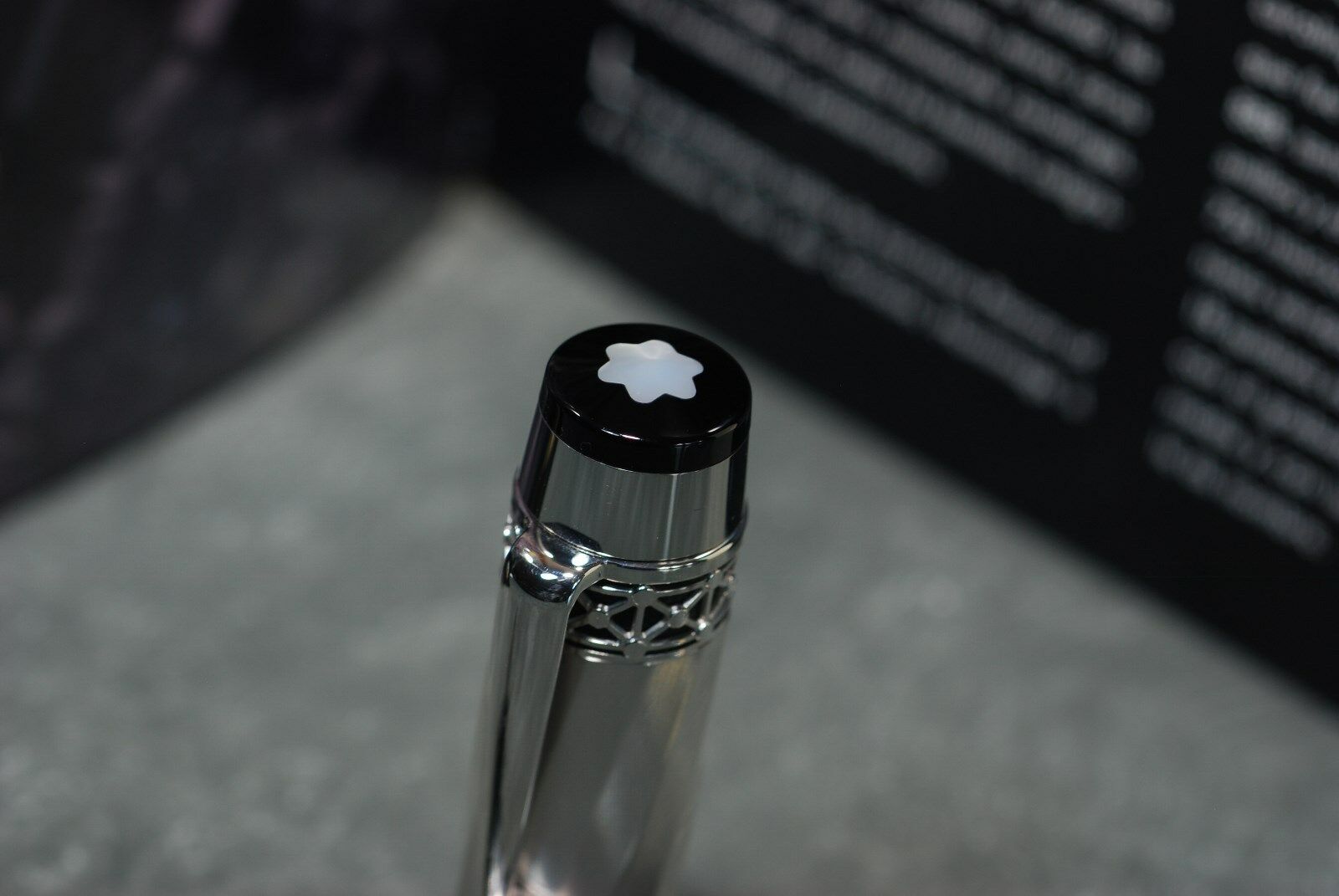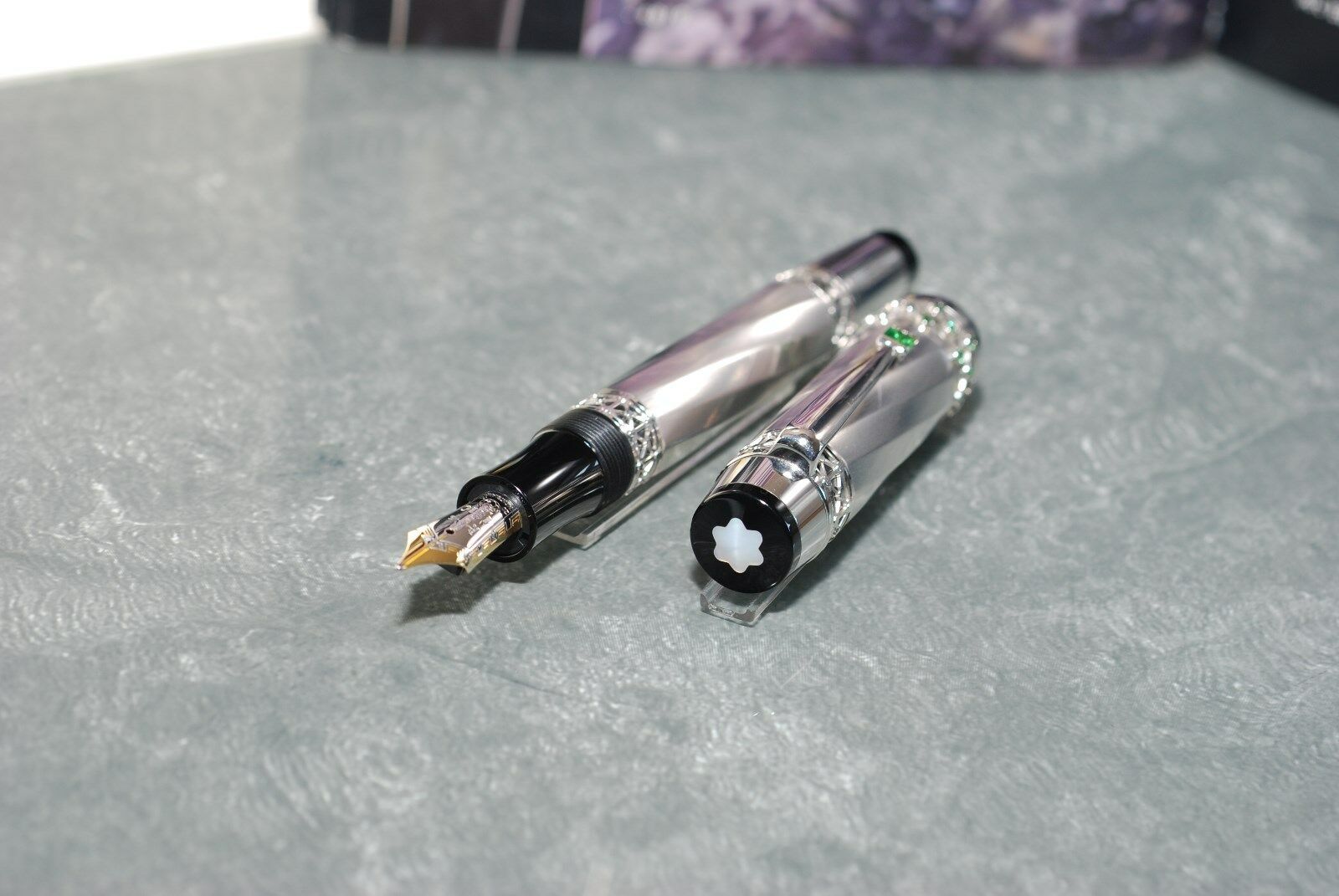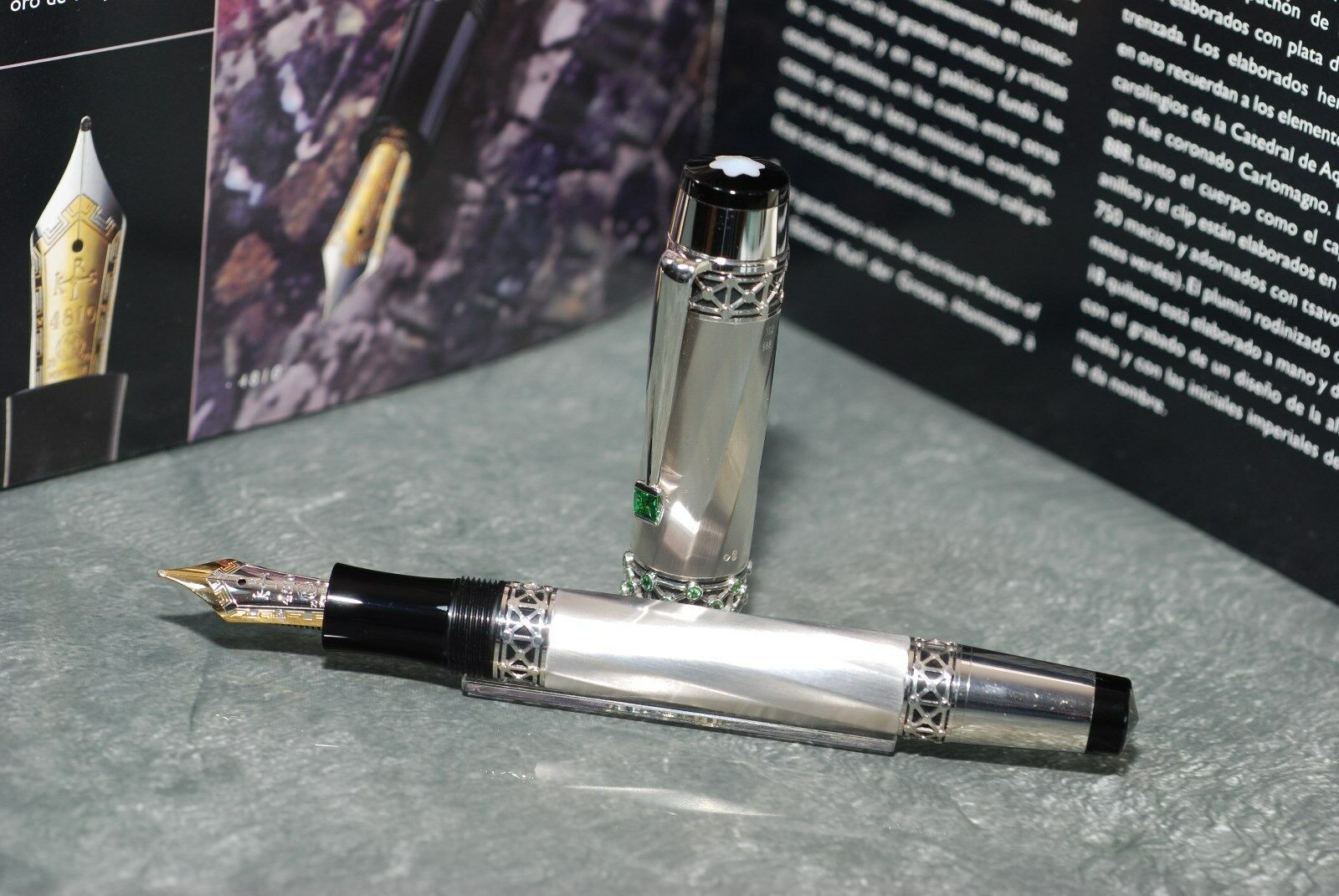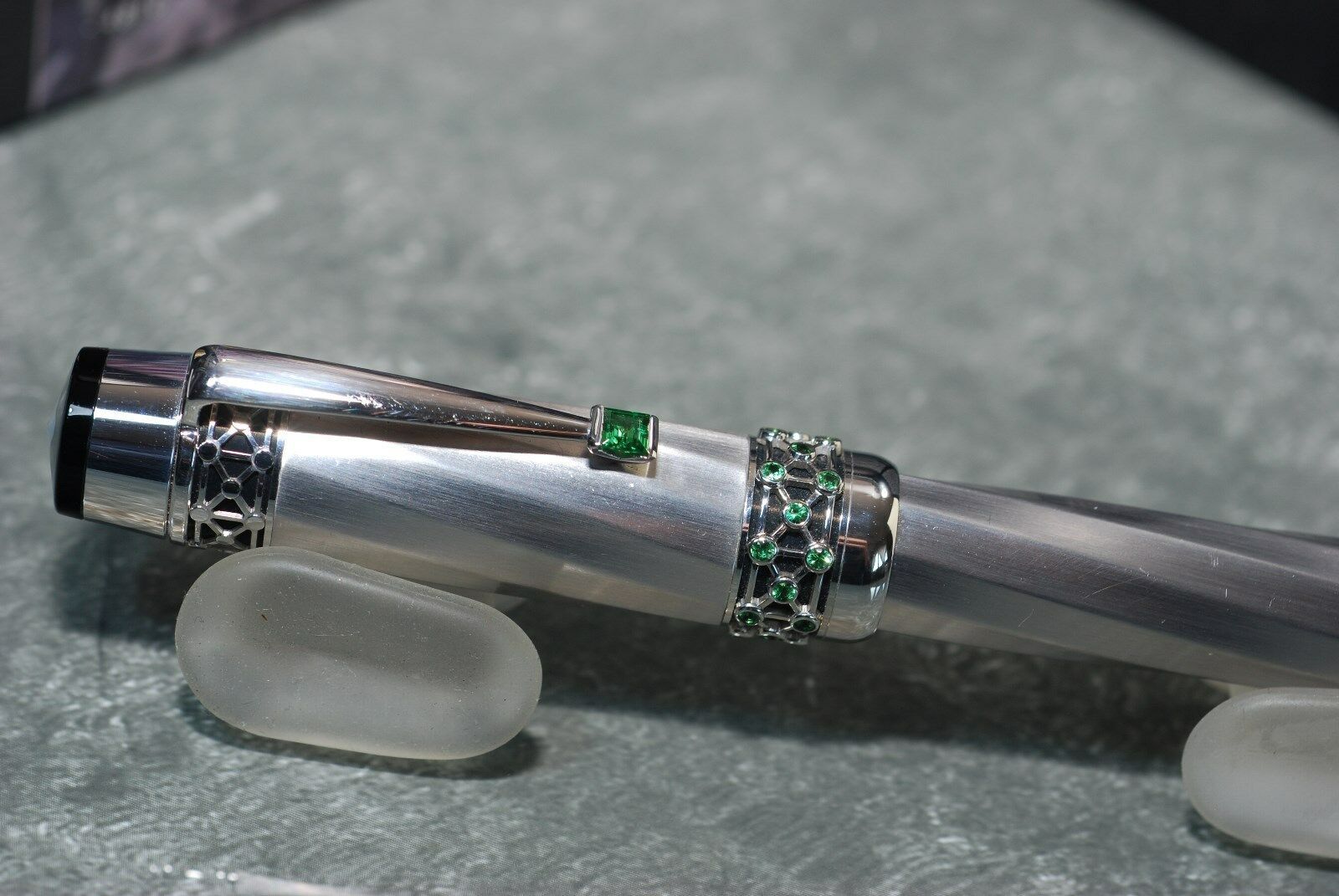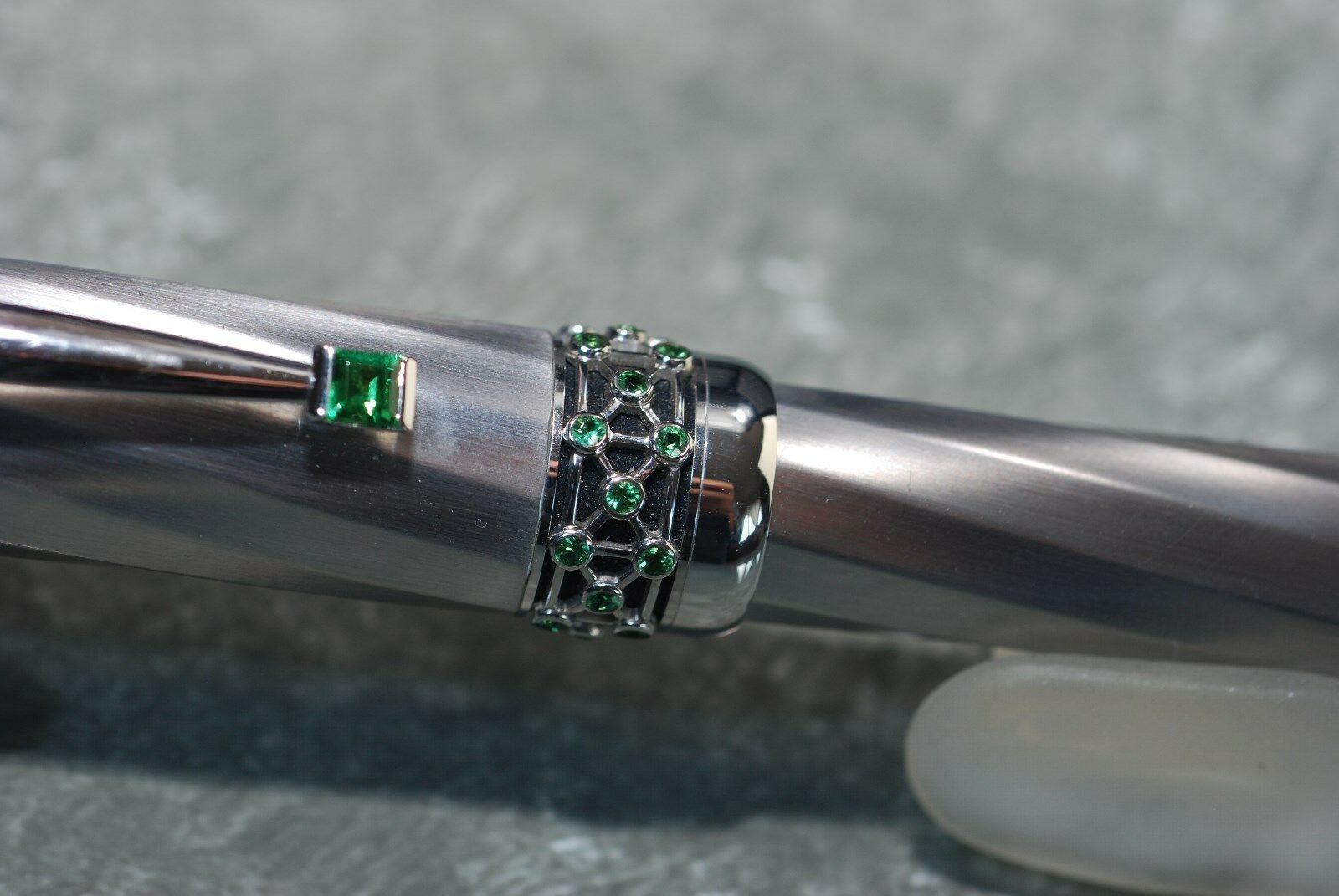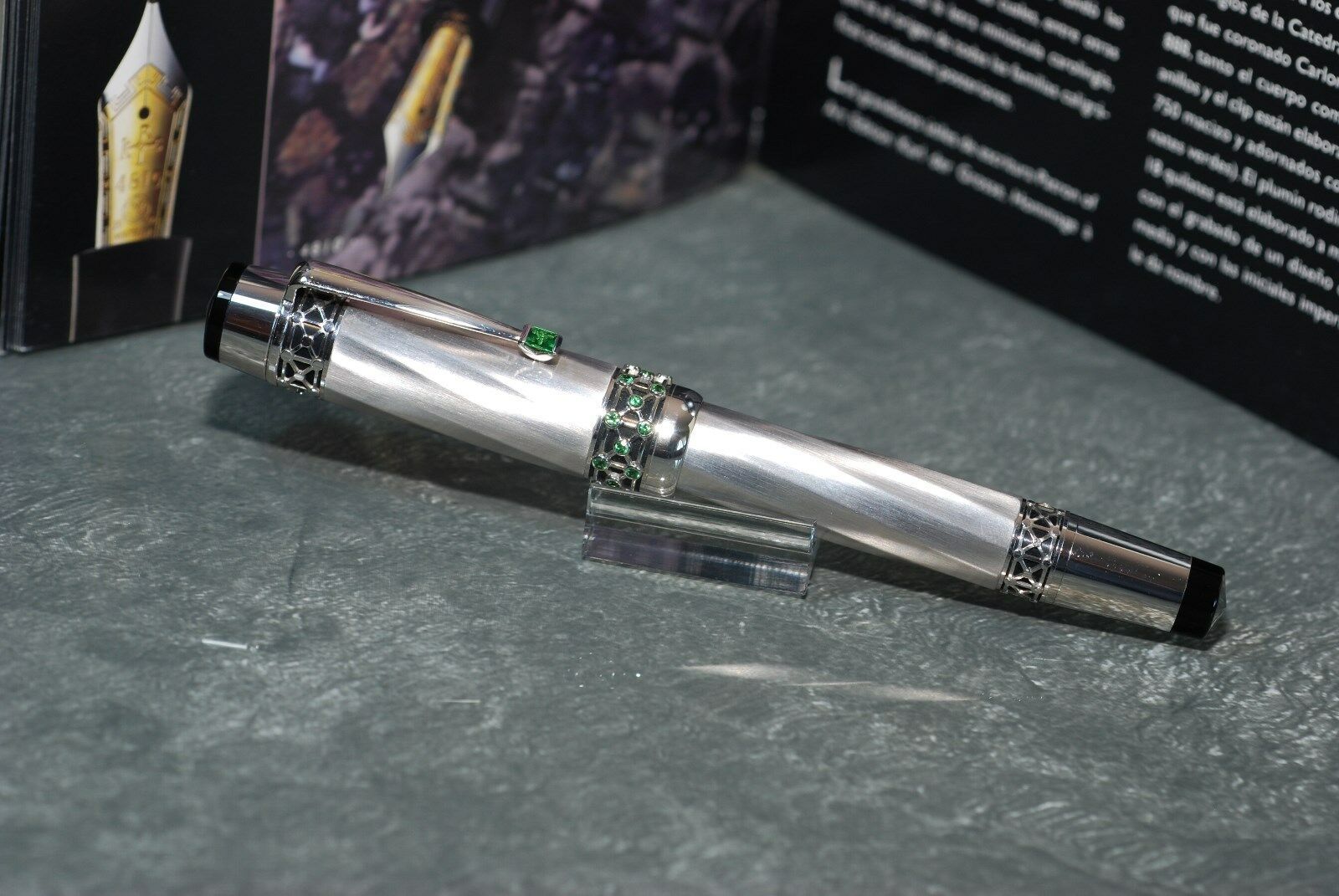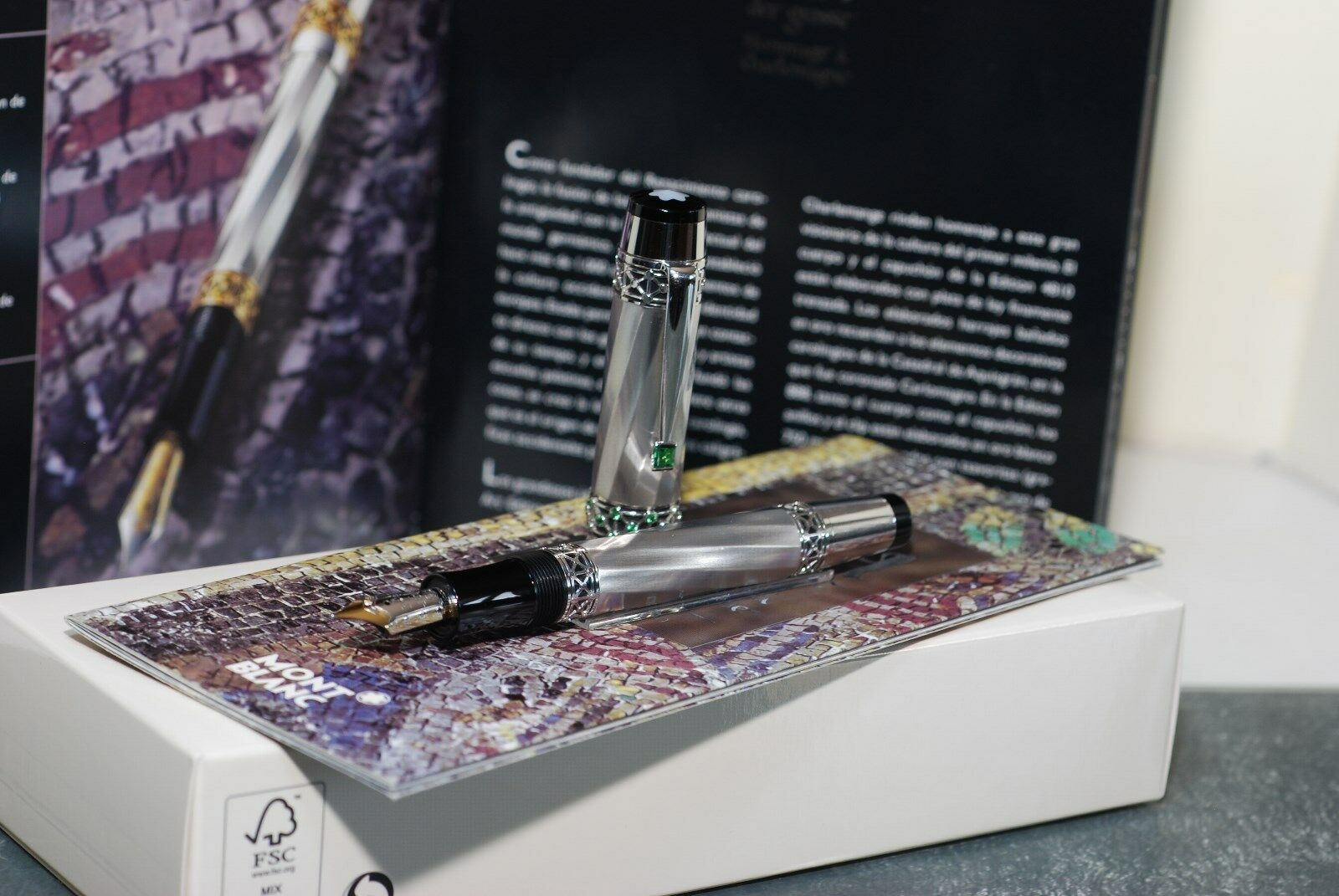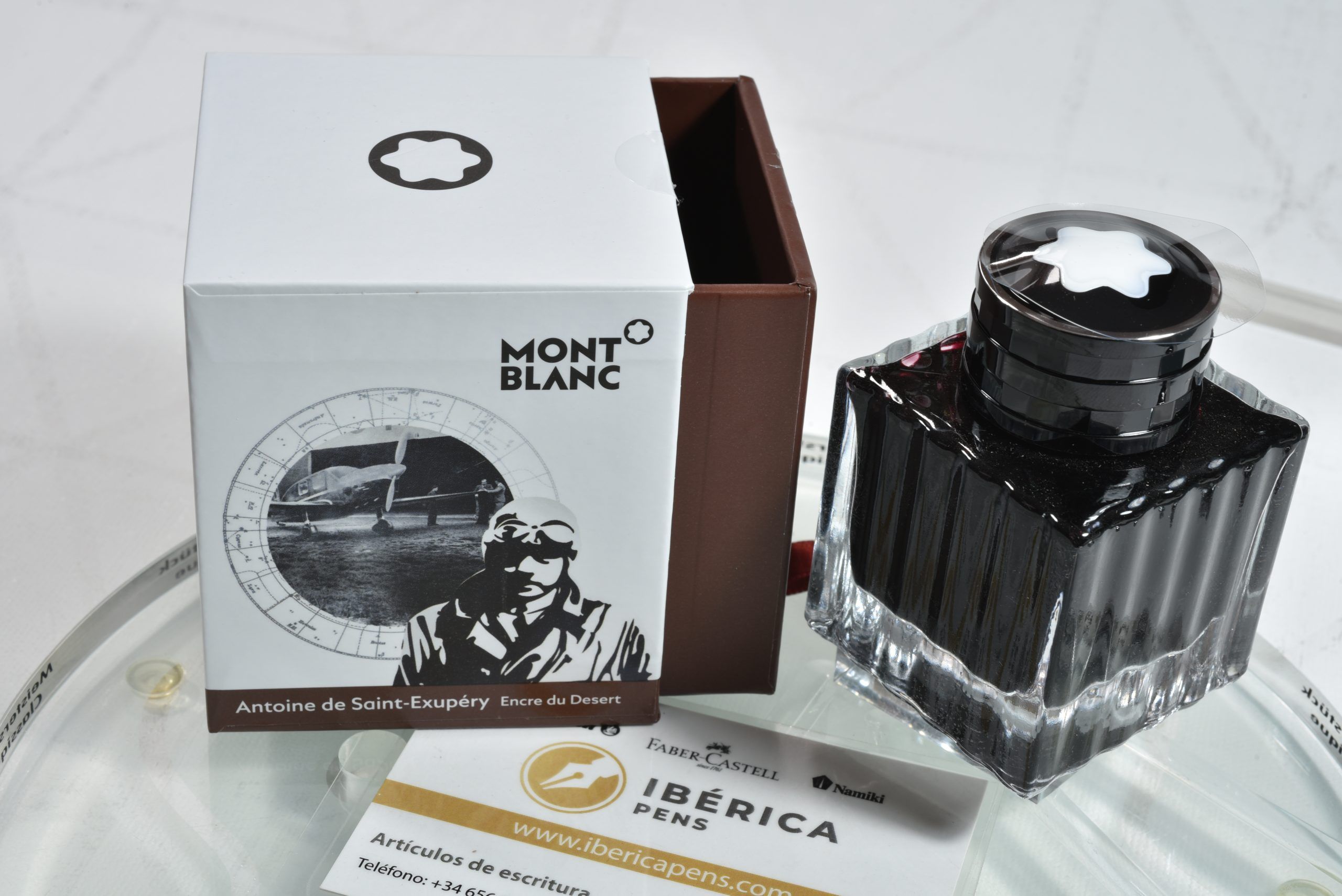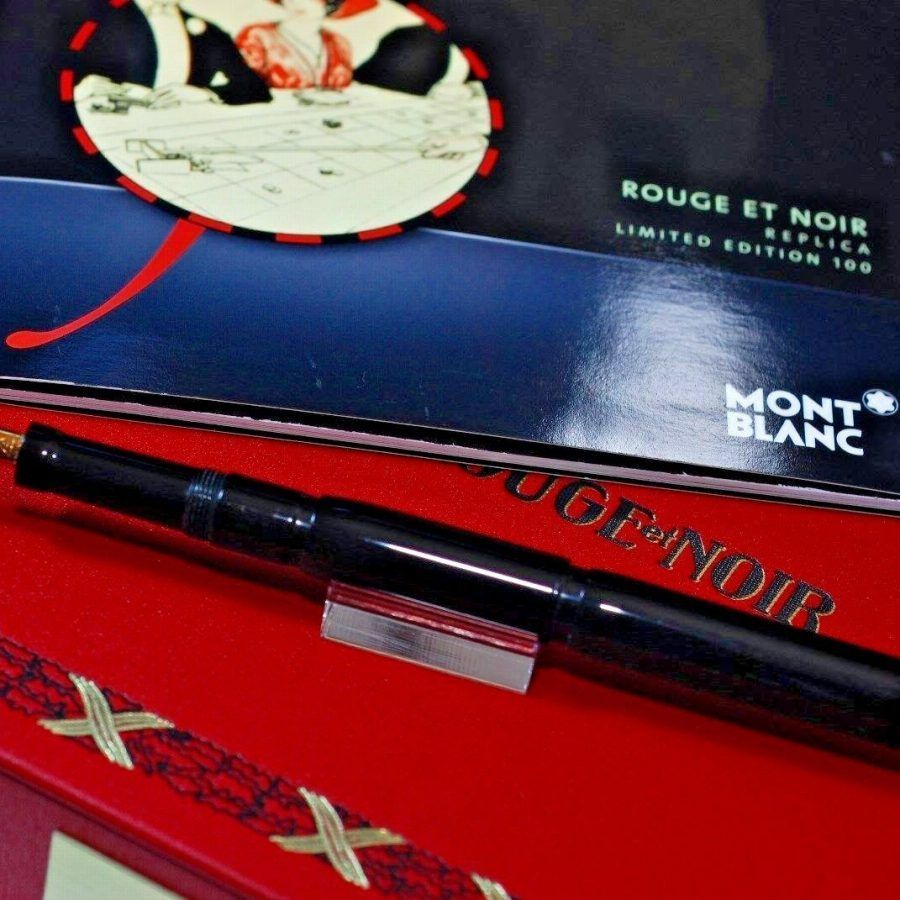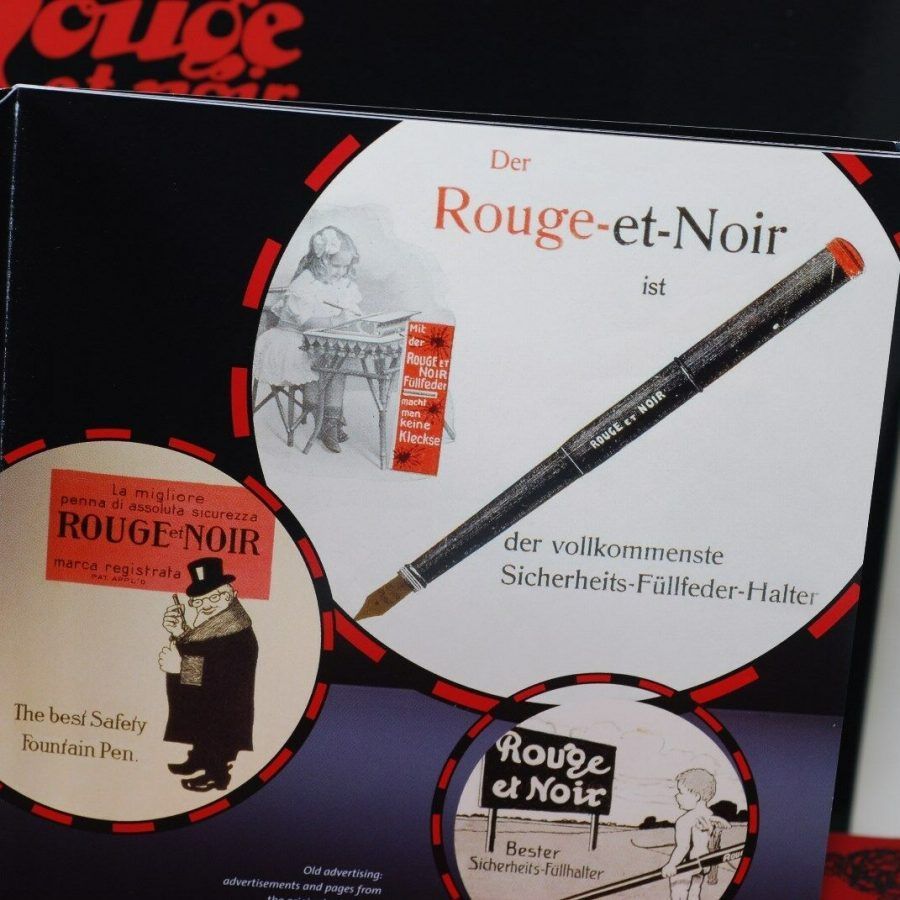Montblanc Patrons Of Art Charlemagne 888 Fountain Pen
7.500,00€
The pen does not have the original packaging.
It is new and has never been used.
Limited edition of the “Patrons of Art” collection (Les Mécènes) sold in 2000 in 888 copies paying homage to the Carolingian king, Charlemagne *, one of the greatest rulers of the High Middle Ages (742-814).
Body and cap in twisted white gold, end caps in black resin, rings and clip are in solid gold. The central ring of the cap and the clip are set with tsavorites (green stones of the garnets family).
Meticulously carved, the rings recall the Carolingian decorative elements of the cathedral of Aix-la-Chapelle where the emperor was consecrated.
Equipped with a medium nib in 18K two-tone gold, engraved with the imperial monogram of Charlemagne as well as elements of medieval decorations. Piston filling system.
Out of stock
Description
Views: 193
The pen does not have the original packaging.
It is new and has never been used.
Limited edition of the “Patrons of Art” collection (Les Mécènes) sold in 2000 in 888 copies paying homage to the Carolingian king, Charlemagne *, one of the greatest rulers of the High Middle Ages (742-814).
Body and cap in twisted white gold, end caps in black resin, rings and clip are in solid gold. The central ring of the cap and the clip are set with tsavorites (green stones of the garnets family).
Meticulously carved, the rings recall the Carolingian decorative elements of the cathedral of Aix-la-Chapelle where the emperor was consecrated.
Equipped with a medium nib in 18K two-tone gold, engraved with the imperial monogram of Charlemagne as well as elements of medieval decorations. Piston filling system.
* Charles I, known as the Great or Charlemagne (in Latin Carolus Magnus, in German Karl der Große), king of the Franks, becomes by conquest king of the Lombards and is crowned emperor by Pope Leo III on December 25, 800 in Rome, raising a prestigious dignity disappeared since the year 476 in the West.
A warrior monarch, he notably enlarged his kingdom through a series of successive campaigns, in particular by the slow but nevertheless violent submission of the pagan Saxons. A sovereign reformer, concerned about religious orthodoxy and culture, he protected the arts and letters and was at the origin of the “Carolingian renaissance”.
His immediate political work did not survive him for long. Respectful of the Germanic tradition in matters of inheritance, Charlemagne planned for the division of the Empire between his three sons. The empire was not finally shared between his three grandsons until the Treaty of Verdun in 843
However, Charlemagne can be regarded as the “Father of Europe” for having ensured the regrouping of a notable part of Western Europe, and positing the principles of government which inherited the great European States.


 Español
Español 
